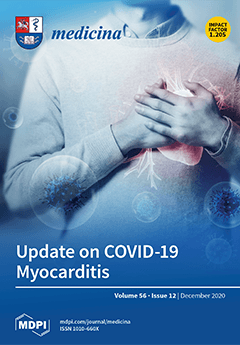Background and Objectives: Exertional heat stroke (EHS) survivors may be more susceptible to subsequent EHS; however, the occurrence of survivors with subsequent EHS episodes is limited. Therefore, the purpose of this study was to evaluate the incidence of participants with repeated EHS (EHS-2+) cases in a warm-weather road race across participation years compared to those who experienced 1 EHS (EHS-1).
Materials and Methods: A retrospective observational case series design was utilized. Medical record data from 17-years at the Falmouth Road Race between 2003–2019 were examined for EHS cases. Incidence of EHS-2+ cases per race and average EHS cases per EHS-2+ participant were calculated (mean ± SD) and descriptive factors (rectal temperature (T
RE), finish time (FT), Wet Bulb Globe Temperature (WBGT), age, race year) for each EHS was collected.
Results: A total of 333 EHS patients from 174,853 finishers were identified. Sixteen EHS-2+ participants (11 males, 5 females, age = 39 ± 16 year) accounted for 11% of the total EHS cases (n = 37/333). EHS-2+ participants had an average of 2.3 EHS cases per person (range = 2–4) and had an incidence rate of 2.6 EHS per 10 races. EHS-2+ participants finished 93 races following initial EHS, with 72 of the races (77%) completed without EHS incident. Initial EHS T
RE was not statistically different than subsequent EHS initial T
RE (+0.3 ± 0.9 °C,
p > 0.050). Initial EHS-2+ participant FT was not statistically different than subsequent EHS FT (−4.2 ± 7.0 min,
p > 0.050). The years between first and second EHS was 3.6 ± 3.5 year (Mode: 1, Range: 1–12). Relative risk ratios revealed that EHS patients were at a significantly elevated risk for subsequent EHS episodes 2 years following their initial EHS (relative risk ratio = 3.32,
p = 0.050); however, the risk from 3–5 years post initial EHS was not statistically elevated, though the relative risk ratio values remained above 1.26.
Conclusions: These results demonstrate that 11% of all EHS cases at the Falmouth Road Race are EHS-2+ cases and that future risk for a second EHS episode at this race is most likely to occur within the first 2 years following the initial EHS incident. After this initial 2-year period, risk for another EHS episode is not significantly elevated. Future research should examine factors to explain individuals who are susceptible to multiple EHS cases, incidence at other races and corresponding prevention strategies both before and after initial EHS.
Full article






